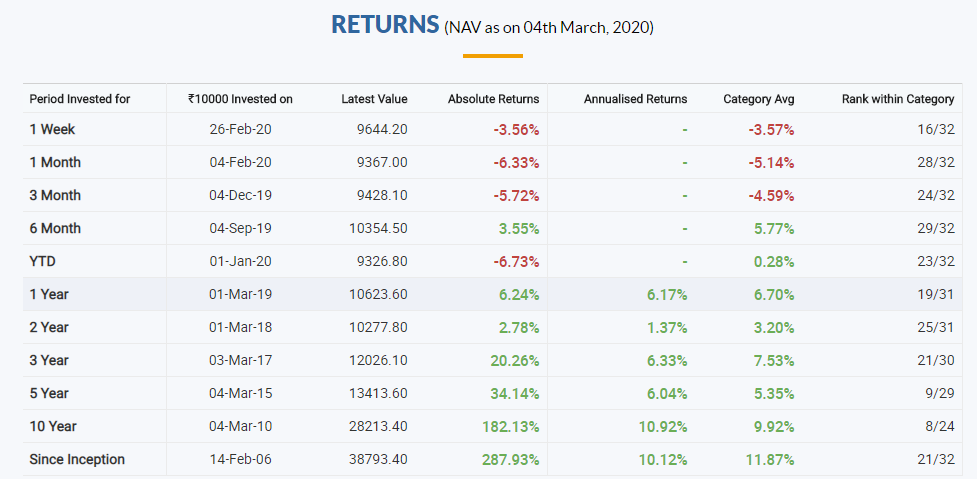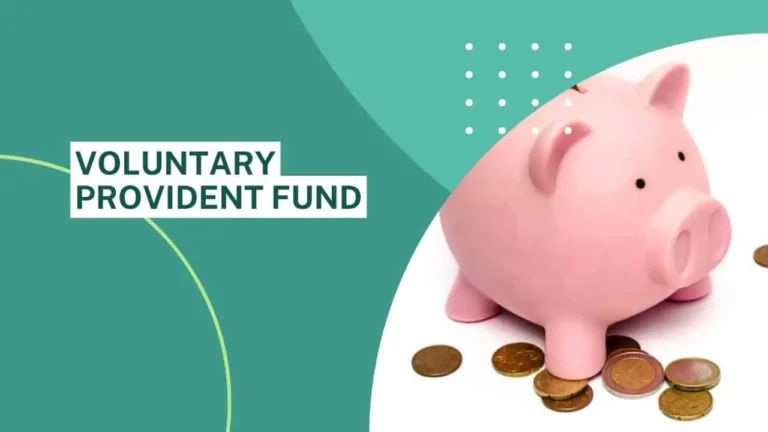How to Select Mutual Funds in India – 5-Point Checklist
Investing in mutual funds is an excellent way to grow your wealth in India. However, with so many options available, choosing the right mutual fund can be overwhelming. A well-informed decision is crucial for achieving your financial goals. In this article, we will guide you on how to select mutual funds in India.

We’ll cover the key factors to consider when selecting a mutual fund, including risk, returns, expense ratio, fund manager, and investment style.
By the end of this article, you’ll have a clear understanding of how to select mutual funds that align with your financial objectives and risk tolerance.
We know there are many options available in the market today that promise excellent returns from a mutual fund in the long term. But do all mutual funds give excellent returns?
The answer is NO. A lot of mutual funds underperform the market and end up giving fewer returns compared to most of the funds.
It becomes a challenge for an investor to choose a mutual fund that will give a decent return to fulfill the needs of the investor.
So what should someone do? we have tried to explain the top 5 factors that you should keep in mind while you select a mutual fund for your investment via SIP or a lump sum.
These are not the only 5 but these 5 factors play a huge role in How to select mutual funds in India.
Page Contents
1. What is the Long Term Record of the Mutual fund?
For any Mutual fund, track its past 10 years’ performance record. It is not necessary that the fund should be performing excellently and be at the top every year.
Instead, we should check whether the fund has remained in the top 20% in its category for each year at least in the past 10 years.
A good fund cannot perform excellently well every year, but it should remain above average in all the years.
This will ensure that the fund is not taking the extra risk to become a leading performer in any particular year. Thus it will not perform too badly if the market corrects itself.
The example below is from the SBI equity fund where the fund has been underperforming compared to other funds in the 1yr, 2yr, and 3yr periods but it stands out in the top 10 in the 5yr and 10yr categories.

2. Who is the Fund Manager for the Mutual Fund?
It may happen that a fund has performed above average every year of the past 10 years as per the 1st criteria discussed. Then should you immediately purchase that fund? Is selecting a fund that much easy? Definitely not!
If a fund has a constant track record in the past 10 or 15 years, then whether we should invest in that fund depend greatly on the fund manager.
The past performance does not have any significance if the fund manager has changed recently. We should always check whether the same person is managing the fund and has given consistent returns in the past 10-15 years.
This is because a fund is not good or bad, instead, a fund manager is good or bad.
How do we determine whether a fund manager is good or bad? First, the track record of the fund should be consistently good in all those years in which he has managed it.
Second, if a fund manager manages 5 funds and if out of 5 only 1 scheme has performed well and the rest 4 have fared badly, I will not consider that fund manager to be good.
It may happen that if you are doing 5 things, you perform well in one due to sheer luck. If 3 or 4 out of 5 do well, I will consider that fund manager to be good and I can trust that person for my investment.
3. What is the Track Record of the AUM for the Fund?
Now we see a fund’s track record is well, the fund manager is good, and the same fund manager is managing the fund for the past 7-10 years. The next thing we will focus on is AUM i.e. Assets Under Management.
We must track how the AUM has changed in recent times. Has a lot of money in-flowed into the fund in the past 1 or 2 years? It may happen that initially when AUM was low, it was easier to find quality stocks.
Now if suddenly a huge inflow of money happens in that fund, I will avoid that fund. During such times, the fund manager has to somehow invest that money as he cannot keep more than 35% of the money in cash.
So he may be forced to buy not-so-good quality stocks. In such cases, future performance will get affected.
4. What is the Risk vs Return Record for the Fund?
We should not only monitor returns, we should also check risk vs return track record.
That is because good returns can be generated by taking high risks. But that fund manager is best who can give high returns taking the lower risk.
Generally, large-cap schemes have a lower risk than mid-cap or small-cap schemes.
If a large-cap scheme has given 15% returns in the past 10 years and a small-cap scheme has given 16% returns during the same period; then for only 1% extra returns, I will not prefer high-risk small-cap funds.
5. What is the TER for the Fund?
TER (Total expense ratio) is the commission that the MF company makes when you invest in the fund.
Please check what is the TER for the fund. is it too high? i.e. are you giving away too much as commission for the fund? Avoid the funds which have very high expense ratios.
learn more about – What are mutual funds? Types of Mutual Funds in India
Some useful websites to research Mutual funds: Valueresearchonline and MoneyControl
How to Select Mutual Funds in India? – Closing Thoughts
It’s important to know the details of a mutual fund before you invest in it.
People make mistakes by just blindly investing in mutual funds before doing any analysis thus losing a substantial amount of money just because of ignorance.
While choosing a mutual fund to invest in, carefully examine the mutual details with the above points mentioned and stock to quality mutual funds.
If you liked the article then please share it with your friends and families!
FAQ on How to Select Mutual Funds in India
Which mutual fund is best for beginners?
If you are a beginner then large-cap mutual funds, Index funds, and debt mutual funds are best for you as the risk of losing money in these type of mutual funds are less than in mid-cap fund or small-cap mutual fund.
How do I determine my financial goals?
Some factors to consider when determining your financial goals include your current financial situation, your age, and your long-term financial goals. It is also important to consider your risk appetite, as this will help you determine the type of mutual fund that is most suitable for you.
How do I evaluate my risk appetite?
To evaluate your risk appetite, you can consider factors such as your age, financial goals, and the amount of money you are comfortable losing. If you are young and have a long investment horizon, you may be more comfortable taking on higher risks in exchange for potentially higher returns. On the other hand, if you are approaching retirement or have a shorter investment horizon, you may want to consider lower-risk investments to preserve your capital.
How do I check a mutual fund’s track record?
You can check a mutual fund’s track record by looking at its historical returns. This information is typically available on the mutual fund’s website or in its offer document. It is important to keep in mind that past performance is not necessarily indicative of future performance.
How do I determine a mutual fund’s expense ratio?
The expense ratio is the percentage of the fund’s assets that are used to cover the fund’s operating expenses. You can find the expense ratio for a mutual fund in its offer document or by looking it up on the fund’s website. A lower expense ratio means that more of the fund’s assets are available for investment, which can result in higher returns.
How do I check a mutual fund’s portfolio?
A mutual fund’s portfolio is a list of the assets it is invested in. You can find this information in the mutual fund’s offer document or on its website. By looking at the portfolio, you can get an idea of the types of assets the fund is invested in and whether they align with your financial goals.
What should I consider when reading a mutual fund’s offer document?
The offer document is an important document that contains information about the mutual fund, such as its investment objectives, risks, and fees. It is important to carefully read and understand the offer document before making an investment. Some specific things to look for include the fund’s investment strategy, the types of assets it is invested in, and any potential risks. It is also important to understand the fees associated with the fund, as these can impact your returns.






Is it profitable to invest in MutualFund this situation. If yes please explain